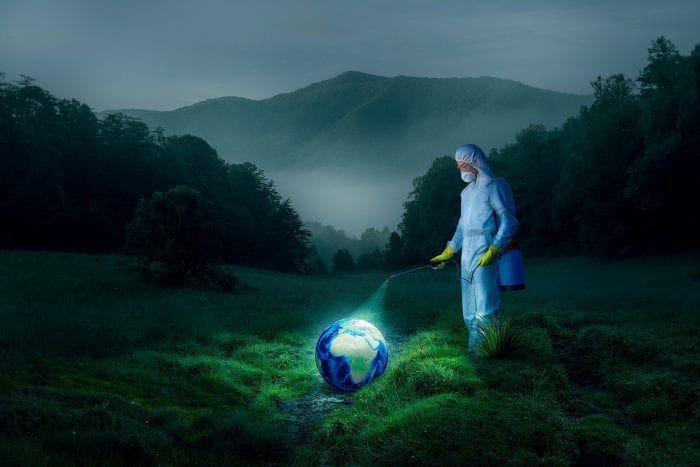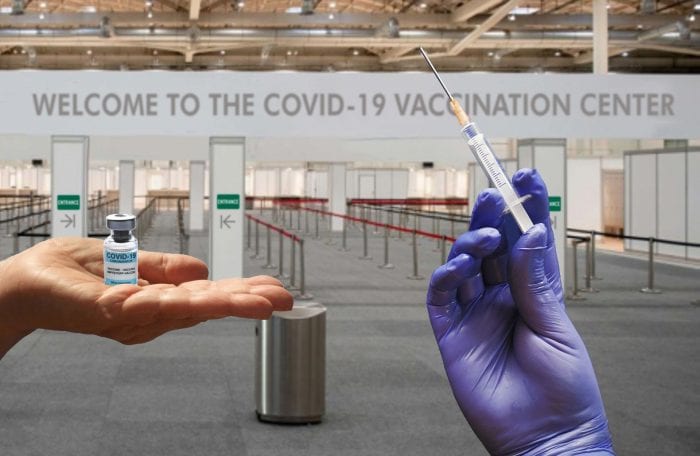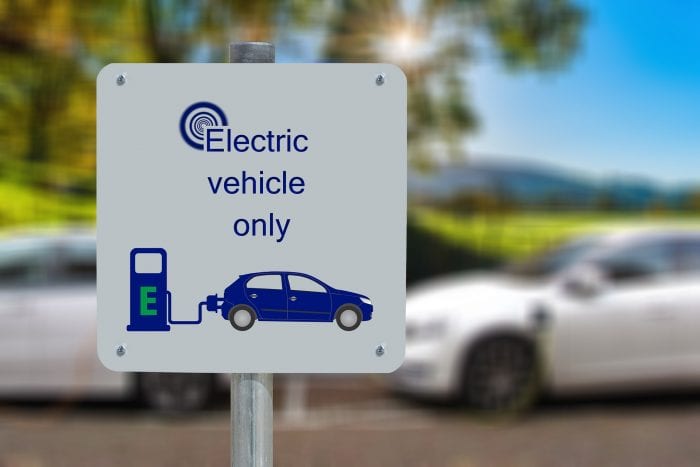By Leah S. Dunaief

A year ago, most of us were going about our usual lives, shopping for food, carpooling our children, occasionally eating out, going to a movie or a play, traveling with our families during Presidents’ Week, entertaining friends in our houses, and working at our job sites.
Today the only pursuit still left on that list is shopping at the supermarket. We didn’t know that within two weeks, our lives would start to change, and that a month later the entire world would be altered.
The change agent? The novel coronavirus was the villain, otherwise known as COVID-19. Seemingly out of nowhere, the virus launched itself onto the human population. Where did it come from? How did it start? Was China somehow at fault?
A World Health Organization team of scientists returned last week from Wuhan, China, considered to be the first place with a coronavirus outbreak. Dr. Peter Daszak, who has worked with the Wuhan Institute of Virology and is president of EcoHealth Alliance in New York, was a member of the team, and was interviewed about their findings by The New York Times.
They walked around the Huanan Seafood Market, which is regarded as the source and is still blocked off to all but disease investigators. According to Daszak, the Chinese are “absolutely petrified of this virus catching hold again.” They were following severe protocols of testing, isolating and quarantining even as they were working closely with the W.H.O group.
The market was closed on December 31 or January 1, and a team of Chinese scientists then went in and swabbed every surface, collecting over 900 samples. Many were positive, including some animal carcasses. “A farm with rabbits [that was at the market] could have been really critical,” Daszak said. Or bats, stray cats, rats, live snakes, turtles and frogs, all of which were there. There were 10 stalls that sold wildlife, some peopled by vendors from South China provinces where the virus is found in bats. Some of the earliest patients with the disease had links to other markets as well, and some had no links to the Huanan market at all.
The final hypothesis of the W.H.O. team, and the Chinese scientists who worked with them throughout their visit, was that the viral pathway was wildlife, through a domesticated wildlife link, into Wuhan. In particular, Daszak suspects bats, from Southeast Asia or southern China, of getting into a domesticated wildlife farm. The viruses then jump from infected animals on the food supply chain or from their handlers to the dense population of humans that buy the animals at the markets.
There are actually many strains of this abundant family of coronaviruses, and bats and other mammals carry them. The SARS and MERS versions are just a couple that spilled over the species barrier and infected humans. So inevitably there will be more after COVID-19, and they could even cause future pandemics. Aware of that reality, some infectious disease scientists are working to produce a vaccine that will nullify all coronaviruses. Researchers are calling for a global effort to develop such a one-shot vaccine or a super vaccine. There have even been some promising early results.
Coronaviruses were first identified in the 1960s, but were initially thought only to cause mild colds. Then in 2002, a new coronavirus appeared. That was SARS-CoV, named for severe acute respiratory syndrome, and it was deadly.
In 2012, a second species of the coronavirus spilled over from bats, causing MERS, which stands for Middle East Respiratory Syndrome, first reported in Saudi Arabia, and today we have SARS-CoV-2 that causes COVID-19.
As we now know from the graphic of the virus shown by the media, the virus has spikes, which are proteins on its surface. If an antibody can be formed that sticks to the spike, it can prevent the pathogen from entering human cells. A genetic molecule, created by BioNTech called messenger RNA, works that way in the Pfizer and Moderna vaccines against COVID-19.
Now we need a pan-coronavirus vaccine. It’s on the way.

















